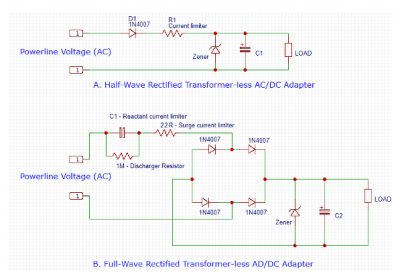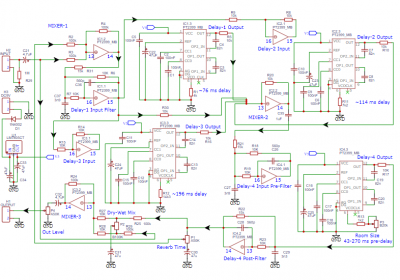I.5. Control Ports
H1, H2, H3, H4, H5, and H6 are the ports for control inputs. We can use these ports to read potentiometers, selector switches, buttons, or control voltage. Buttons connection to the control ports has been described in the previous section (I.4). See Figure 2 (part C and D) for the quick reference. Potentiometer can be connected directly to the control […]
Read more




